Looking Back, Then Back Some More
I read an amazing thing on Facebook the other day, which is an amazing thing in itself:
From where we sit now, in 2022, 1970 is 52 years in the past. If you go back another 52 years, you will hit 1918.
That is somewhat jolting, especially for us folks who remember 1970 and recall it as more or less civilized. I mean, we had an electric can opener and everything.
The rest of the population can only look upon that fact as a theoretical oddity. To my own children (now, of course, no longer children, and with children of their own) 1970 might as well be the Victorian Era. To make something like this relevant to them, you’d have to point out that from 2022 to 1990 is the same as from 1990 to 1958, and that doesn’t have quite as much impact.
The upshot is, as primitive as my grandchildren would find 1970 to be (What, no Internet? How do you stream your videos?) we did have all the basic necessities, and many innovative comforts. In 1918, they were still riding horses.
In doing my routinely sketchy research for this piece, I found it difficult to find out what life was like in 1918 because every Internet search came up with a bag full of articles about the Spanish Flu Pandemic, and, while that made a pleasing literary echo, it didn’t help illuminate what else was happening. It also drove home the fact that, in 1970, when I was 15, I knew a lot of people who were around in 1918 and, if I had only been less self-centred (but who isn’t at 15?) and more interested, I might have asked them and been rewarded with a first-hand account.

Alas, that opportunity has passed.
However, with a little bit of digging—in books, the Internet and my memory (back in the day I did some work for a 93-year-old guy who had been a private in the Prussian army in WWI and, let me tell you, he had some stories!)—I have come up with a few glimmers of what you might expect if you were to be transported back there, aside from trench warfare and a killer flu virus.
In 1918, there were two worlds: urban and rural. To a degree, this is still the case, but it was much more pronounced back then. In a city you could expect (and often actually get) indoor plumbing, heating, electricity and the like. In the countryside, not so much.
In 1945, when my mother was 12, she moved from the Bronx to a farm in upstate New York and the difference was staggering. They lived in a cottage with no heat, got water from a hand pump, and had to break ice off the tops of the water pitchers in the mornings. This was, of course, in addition to walking 9 miles to school. In the snow. Uphill. Both ways.
Even in my day, I recall outhouses. The houses, of course, all had indoor plumbing, but the outhouses were still functional, and used. And in 1918, that would have been all they had.
There were automobiles in 1918, but only a small percentage of the population could afford them. Most people rode horses, or walked.
There were movies, but they were black and white and had no sound, and television was still decades away. There were radios (the wireless) but they were a relatively recent invention and many families still relied on the piano for evening entertainment. Back then, almost every home had an upright piano (there were two in my grandparent’s home, along with a pump organ) so the family could sit around it and sing “It’s a Long Way to Tipperary” in the evenings.
Woodrow Wilson was president. (Yeah, me neither.) The Great War (14 million dead) was stumbling to its ragged end, people were dying in droves from the Spanish Flu (50 million, give or take) and would continue to do so for the next two years. Kids played with Raggedy Ann and Lincoln logs (just as they did in my day) and Teddy bears, Tinker Toys, electric trains, and Erector Sets (known as Meccano in the UK) were becoming popular.
A loaf of bread cost 10 cents, butter 68 cents, a dozen eggs 63 cents and a box of Corn Flakes (invented in 1894) 14 cents. The average, middle-class family, however, only took in about $1,500 a year.
Model Ts were the most popular car, having been around since 1908. In 1919, they began offering an electric starter.
The Temperance Movement was gaining steam and alcohol became illegal in 1919, and woman still couldn’t vote.
Toasters had appeared in 1910 but only started becoming popular around that time, and the “Separable Fastener” had been invented in 1917, though the term “zipper” didn’t take off until the 1920s.
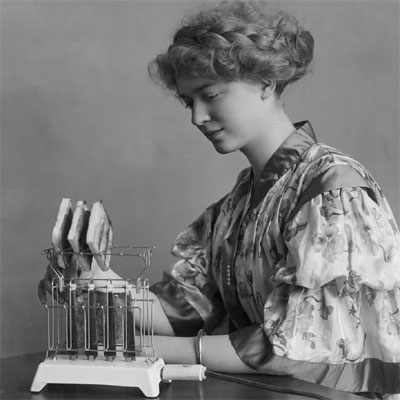
From there came peace (briefly), war, more war, cold war, better cars, faster airplanes, indoor plumbing, electrical infrastructure, modern highways, television, colour television, better radios (and better music), records, portable record players, tape decks, ten-speed bikes, TV dinners, space flight, the moon landings and, by 1970, we were living pretty good. I never went hungry, and while I did get cold in the winter (our home was heated by a single, kerosene heater) I wasn’t alone. I wore hand-me-downs, but that was the style, and we didn’t expect anything else.
I guess that’s what defined our lives back then, lower expectations. That, and bad fashion.
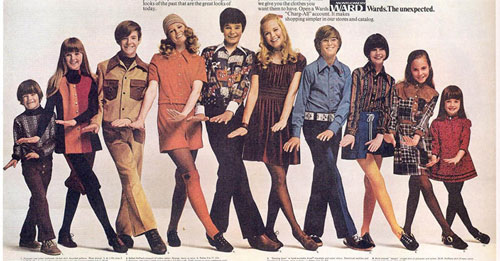
We had everything on Maslow’s hierarchy of need and couldn’t imagine wanting anything more. In my (admittedly tainted) view, that is the difference between 1918 to 1970 and 1970 to 2022: in the earlier period, our creature comforts were addressed, in the latter, our wants and desires (even the ones we didn’t know we had) were fed.
Fast forward to now: computers, bigger computers, smaller computers, mobile phones, smart phones, smarter phones, video games (Pong — look it up, kids — was released in 1972), safer cars (our cars were death traps), …

… better food (we ate a lot of Spam), cheaper vacations (we never went on holiday; that was for rich people), smoking regulations (back in 1970, everyone smoked everywhere, in theatres, offices, airplanes, while reading the news on television, you name it), …
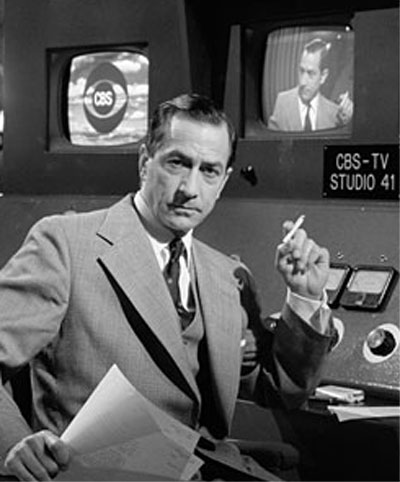
… CGI, YouTube, Internet Porn (we had to use the Sears and Roebuck catalog or my dad’s National Geographic magazines), …
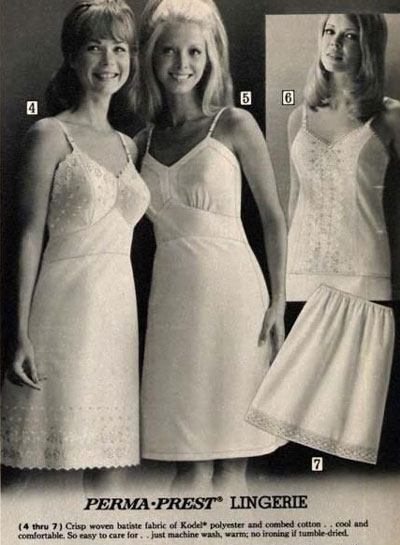
Blockbuster Video, The Matrix, The Animatirix, Matrix Reloaded, Matrix Revolutions, Rocky I – MXXXIV, The Simpsons, MySpace, Tumblr, Instagram, WhatsApp, TicTok, …
So, am I going to cap this off with a rant about what a waste of space all this stuff is, and how the kids today don’t know they’re born, and how much better we had it in the good old days? No, not so much. Certainly I think the world could do worse than slow down and take a good look at itself, but I’m sitting here, typing this on a laptop computer, using Google to do research on the fly, stealing pictures off the Internet, counting on software to correct my spelling and grammar, and seamlessly posting it on my blog via WiFi (remember dial-up?) where millions and millions of people can view it (and about 12 actually will). Much as I would love to complain about modern life, it comes with many more advantages than disadvantages.
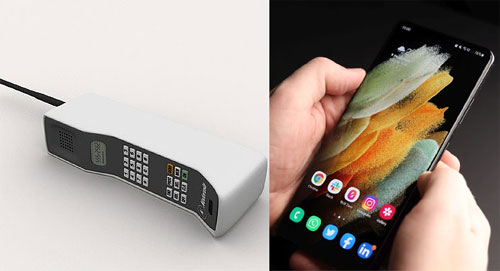
I never knew my phone needed to take pictures, but I’m glad it does.
6 Comments
Julia Butler
Excellent post!!
MikeH
Thanks!
Nicky Huskinson
Interesting post.
NZ was way ahead on the suffrage score, and gave women the right to vote in 1893 – the first whole, self-governing country to do so.
In the UK it was 1918 (partially) and 1920 in the USA.
It’s quite interesting reading about when women gained suffrage in different countries.
My grandmother was born in 1918, and lived in rural West Wales. Things were definitely different then.
I was born in 1970. I think there are both good and bad things about the old days and the recent ones. If I could choose when to live, I’m honestly not sure when I would pick. Where I’d live is much easier – NZ all the way.
Michael Harling
It there room for two more? The UK is down the rabbit hole these days 😉
Ted Ropple
Great post. I think I’m a tad youger than you, Mike, but I came of age in the 70s, and while there was grooviness, my memories are of the good times shared with those I grew up with in Suburbia, USA. I don’t think I’d trade the 70s for a different time- certainly not current days.
It was a good era.
MikeH
I graduated high school in 1973, so I was sorta half and half in the 60s and 70s. I listened to a lot of folk music, worn paisley print shirts and bell bottoms and wasn’t fond of disco. But, yeah, some good times, and as I point out in my post, we had everything we needed. Many of the trappings of the modern world, while shiny and alluring, don’t really enhance our lives. They are the parsley on the salad of life.